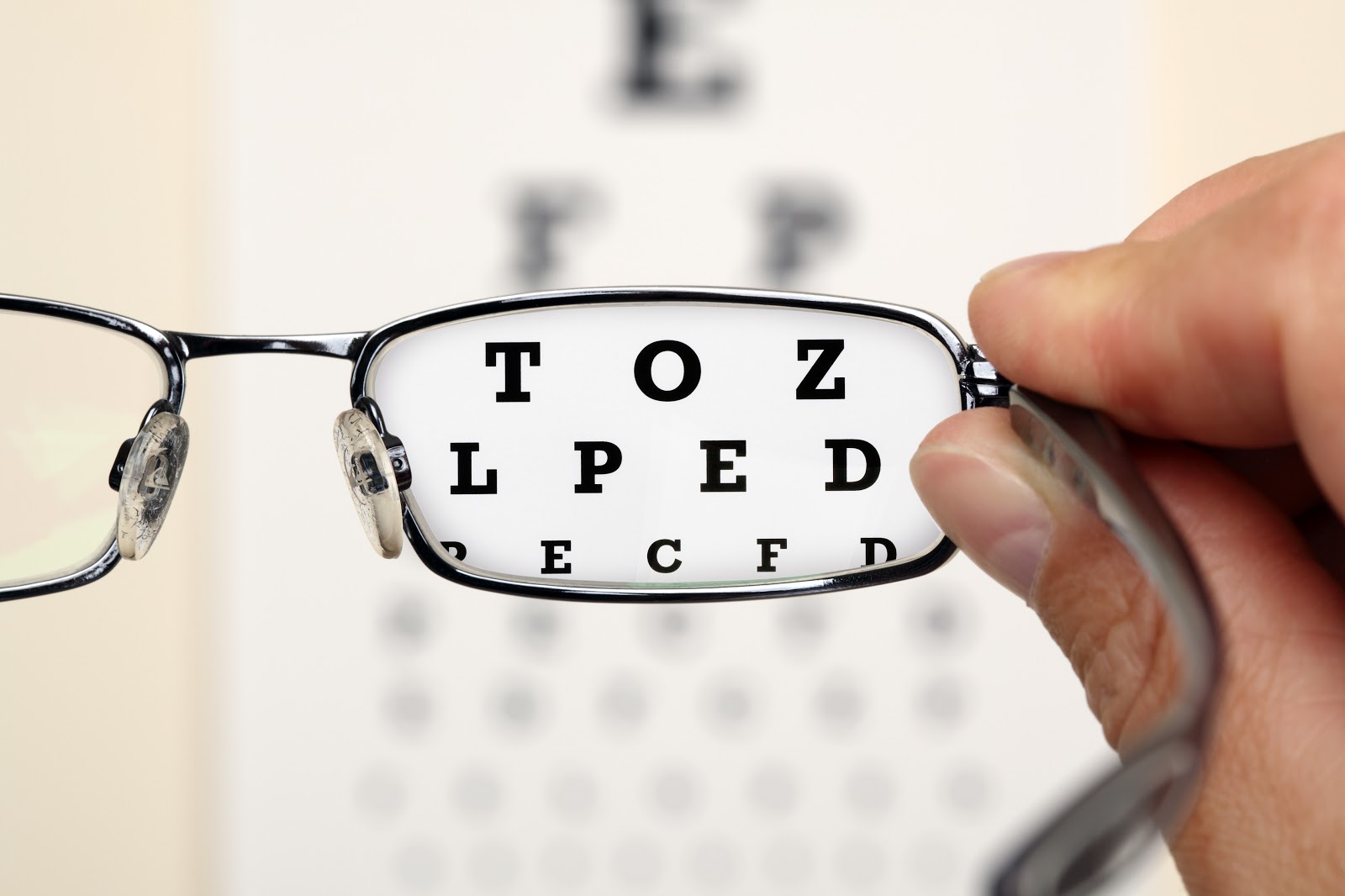
Myopia, or nearsightedness, is the leading cause of moderate to severe vision impairment and among the top causes of blindness worldwide.
Here in the United States, nearly 30% of the population is affected by myopia, and across the globe more than 1 billion people are myopic. The condition, which occurs when the shape of the eye causes light rays to bend the wrong way, can make far-away objects seem fuzzy or blurry; this is considered a refractive error.
The science behind refractive errors
When light passes through the eye, it lands on the retina, which is a thin layer of tissue at the back of the eye. The retina then sends a message to the brain via the nearby optic nerve to see and interpret the images within an individual's field of vision.
If you shine a light into an eye with perfect focus (20/20 vision), the light hits the back of the retina at one single point, like a bullseye. The reflection of that light bounces back out of the eye, and no matter what direction the beam of light entered the eye, the reflection will always project back out the same way. However, for those with refractive errors, the "bullseye" is off, causing the light entering the eye to land either in front of or behind the retina.
In patients with myopia, light rays do not pass all the way through the eye to the retina, so images focus in front of the retina. For patients with hyperopia, or farsightedness (meaning images farther away are crisp while those up close are blurry), light passes all the way through the retina and images are focused behind the retina. This is called hyperopia.
How is myopia diagnosed?
Myopia typically develops around school age and progresses into early adulthood, with the most common treatment being the use of eyeglasses or contact lenses. Because myopia can worsen with age, early detection and diagnosis is critical.
Myopia is diagnosed during a routine eye exam, which typically begins with a visual acuity test. During this test, patients are asked to read letters from an eye chart using both eyes simultaneously as well as each eye separately. After that, several instruments, either manual or automated, can be used to see how the patient's eyes focus light. From there, you can determine the lens correction power needed to sharpen their vision and help them see far-away objects more clearly.
What equipment is important for diagnosing myopia?
As an eye care specialist, myopia diagnosis, treatment, and ongoing management is a driving factor behind how you outfit your practice, which means utilizing the latest instruments and
equipment should be a priority. This includes the following instruments and pieces of equipment.

- Visual acuity testing. It used to be that exam lanes had to be long enough so that patients could stand 20 feet from the eye chart on the wall; this is where the term "20/20 vision" comes from. However, because technology has advanced over the years, eye care providers can now test patients in any size room and access dozens of different charts at the push of a button thanks to automated projectors, digital refraction devices, and cutting-edge computer software.
SHOP VISUAL ACUITY EQUIPMENT

- Digital refraction systems. A refraction test helps determine a patient’s corrective lens prescription. Using a manual phoropter or a more advanced digital refraction system, the doctor will ask a series of subjective vision questions with the goal of finding a lens combination that will bring the patient's vision to 20/20. Because of the consistent nature of digital technology, accuracy is exponentially increased with this equipment and there are far fewer prescription errors and glasses remakes.
SHOP DIGITAL REFRACTION SYSTEMS

- Retinoscopes and auto refractors. In order to determine the correction needed to place the "bullseye" back on top of the retina, retinoscopes and/or auto refractors are used so that patients can focus on an image or point of light.
SHOP RETINOSCOPES
SHOP AUTO REFRACTORS
Now and looking forward, it is important to make sure you have the right equipment to diagnose your myopia patients and help them manage their condition.
With more than 30 years of experience serving the ophthalmic community, Veatch Ophthalmic Instruments is your trusted source for the equipment and supplies you need to improve patient outcomes and keep your practice thriving.